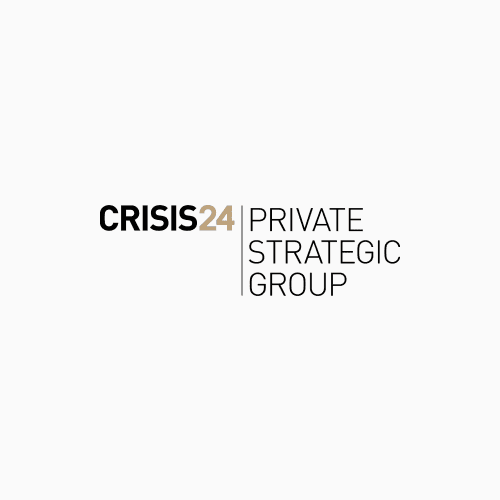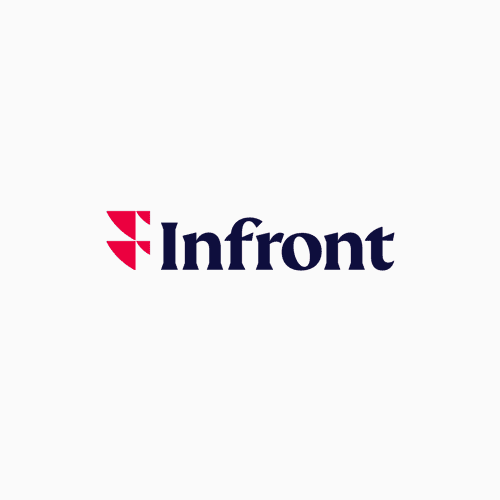A single-family office (SFO) can deliver control and cohesion. Yet the wrong timing or fit often backfires. Without a deliberate decision process, you invite value misalignment, governance friction, rising costs, and far more operational work than expected. Equally important: there are credible alternatives—multi-family offices (MFOs), hybrid models, virtual setups, and selective outsourcing—that may better match your needs today.
The recommendation—In four disciplined steps
1) Validate readiness before you commit.
Before going any further, assess whether it even makes sense to contemplate an SFO now. Consider: the scale of your wealth; complexity of assets; number of households and jurisdictions; family dynamics; desired level of control; privacy and security needs; and your appetite for hiring and leading an internal team. This first pass should yield a directional conclusion: SFO, MFO, or a hybrid/virtual model—and on what timeline.
2) If an SFO looks promising, align purpose first—then structure.
Start with values, vision, and mission for the SFO. Codify what the family stands for and where it’s going. This is crucial for second, third, or tenth-generation families—but it’s equally powerful for first-generation wealth creators setting a foundation others can follow. If there’s no shared vision, weak communication, or absent stewardship, an SFO will amplify the tension.
Practical outputs here include a family charter or constitution, an owner’s strategy, and an investment/wealth policy that ties back to purpose.
3) Treat the SFO like what it is: a business. Write the plan.
Translate purpose into an operating blueprint. Your plan should address:
- Governance: decision rights, board/advisory structures, reporting lines.
- Organisation & talent: leadership roles (e.g., CEO/CIO/COO/CFO/GC), hiring plan, compensation, succession.
- Scope of services: what to do in-house vs. outsource (investments, accounting, tax, legal, philanthropy, lifestyle, security).
- Technology & data: portfolio systems, accounting/reporting, document management, cybersecurity.
- Risk, tax & legal: jurisdictional choices, regulatory posture, audits, insurance, privacy, cyber, continuity.
- Economics: budget, cost baselines, vendor SLAs, KPIs/OKRs for performance and service quality.
This process should culminate in a clear go/no-go decision and, if “go,” a phased roadmap that sequences build-out intelligently.
4) Only then start building—deliberately and modularly.
Use the business plan as your guide to bring the SFO to life. Decide on jurisdiction and entity design; recruit a small, high-calibre team; set culture and incentives; select custodians, banks, administrators, and technology; and implement controls and reporting.
Design for agility and resilience: a modular operating model that can flex as markets, regulations, and family needs evolve. That likely includes diversified portfolios, multi-jurisdictional banking and custody, robust governance, tested continuity/crisis plans, and a pragmatic balance of outsourcing versus in-house capabilities.
We rounded up a few companies that you might find interesting.
A note on effort, cost, and governance
Building an SFO requires time, energy, and sustained investment. Many underestimate the ongoing effort—especially the cost of good governance. High-quality people, processes, policies, systems, and external advisors are not optional; they are the foundation. Be candid about what you can support today and whether a staged approach or an MFO/virtual solution will deliver better outcomes at this moment.
What’s at stake if you don’t act strategically
In a word: everything—from wealth erosion and missed opportunities to frayed family bonds and a diluted legacy. Strategy and sequencing are not academic; they are protective.
The upside of a disciplined approach
Follow the steps above and you’ll land on the right-fit structure for your circumstances—whether that’s an SFO now, a phased build, or an MFO/virtual model. The result is clarity and cohesion—not overhead.
Next steps: Please reach out if you wish to receive my concise 14-factor checklist and scoring rubric (with a visual spider chart) to help you complete step one. I am always happy to help families move forward with confidence.









